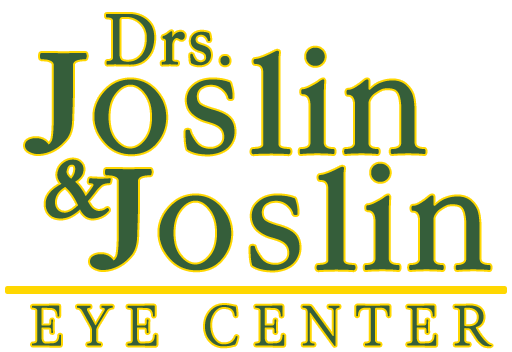4 Ways to Safeguard Your Retinal Health
The eye is second only to the human brain in complexity, performing its work with precision nearly continuously during all of our waking hours. In fact, your eyes are more efficient than the fastest camera. Try this: glance quickly around the room, focusing on a variety of different objects at varying distances as fast as you can. Think a camera can do that? It can’t: it would take up to a second for the camera to focus on each object. Pretty cool, right?
Comparing the eye to a camera can help us understand how it functions. In this comparison, the cornea acts as a lens, responsible for focus and taking the light entering the eye and bending it through the pupil. The pupil and iris work together like a camera’s aperture, opening wider in low light to let in more light, and constricting under bright conditions to let in less light.
Once light enters the eye, the lens helps focus it toward the back of the eye onto the retina, which can be compared to the film of a camera. The retina is a thin tissue layer lining the back of each eye and is positioned quite close to the optic nerve. Just like film, the retina gathers the light focused onto it by the lens and converts it into signals that produce a picture. In the case of the retina, this is accomplished by converting light into neural signals that the brain translates into visual images.
The central 10{f3176626ecf5f14196537a43ff2ae428dfab225b5e25e38c6d8c4c102899d817} of the retina is called the macula; it controls our sharp, central vision that enables us to perform up-close work such as reading. The sides of the retina control our peripheral vision.
If the retina is damaged by injury or disease, vision will suffer significantly. Because of their importance to good vision, maintaining healthy retinas is critical in our ability to see. So, what can we do to be sure we’re giving our retinas what they need to stay healthy so that we continue to enjoy good vision?
Here are 4 ways to support retinal health:
- Eat a healthy diet full of Vitamin A and antioxidants.
Vitamin A is a fat-soluble vitamin that helps reduce free radical damage and is critical to eye health in addition to bone growth and a strong immune system. Vitamin A helps enable your eyes to see the full light spectrum and to produce specific pigments that enable the retina to process colors properly. Without enough Vitamin A, the eye can’t produce such pigments and it could lead to a condition called night blindness. Vitamin A also nourishes the cornea and helps the eye produce enough moisture to lubricate itself properly.
How do you get Vitamin A? Foods containing beta-carotene, the compound which makes carrots orange, contain the building blocks our bodies use to make Vitamin A. Other foods high in beta-carotene or Vitamin A include sweet potatoes, butternut squash, beef liver, spinach, kale, broccoli, apricots, peaches, tomatoes, butter and eggs.
Vitamin A deficiency is uncommon in the U.S., but in developing countries across Africa and Southeast Asia, it is the leading preventable cause of blindness for up to half a million children each year.
- Get plenty of exercise.
You probably know working out is good for you, but did you know exercise promotes healthy vision? The eyes are closely linked with many diseases including diabetes, high blood pressure and high cholesterol. Exercising regularly can minimize the risk factors for these diseases and thus keep your eyes healthy, too.
Research indicates a specific link between physical inactivity and age-related macular degeneration, a condition in which the center of the retina (the macula) deteriorates and causes what can be compared to a dark hole in the center of your close-up, fine vision. This makes close work such as reading, needlework or even cooking very difficult or impossible. Scientists report that people who exercise at least three times per week had a lower risk of developing AMD than those who led a sedentary lifestyle. All the more reason to get off the couch and head to the gym!
- Wear high-quality UV protection every day.
Damage to the retina means damage to your vision. The sun’s ultraviolet rays can damage the retina and increase your risk of developing macular degeneration, the leading cause of blindness in the U.S.
While you probably remember to wear your sunglasses on sunny days, did you know that you should also wear UV eye protection on cloudy days? It’s true: The sun’s UVA and UVB rays reach the surface of the Earth (and therefore, your eyes) 365 days a year, so you need to protect them every day.
Choose high-quality sunglasses that block at least 99{f3176626ecf5f14196537a43ff2ae428dfab225b5e25e38c6d8c4c102899d817} of both UVA and UVB radiation to safeguard your retinal health when the sun is shining. On cloudy days, clear lenses can offer UV protection – ask us about UV coatings for your everyday glasses, too.
- Schedule regular, comprehensive eye exams.
Your optometrist will examine your retina closely for possible health concerns when he or she dilates your pupils. With the pupil dilated, an optometrist can more easily see into the back of the eye to thoroughly examine your retina and look for any signs of disease or injury.
Schedule an annual comprehensive eye exam for both yourself and your family members to help keep those retinas healthy for a lifetime of good vision!

